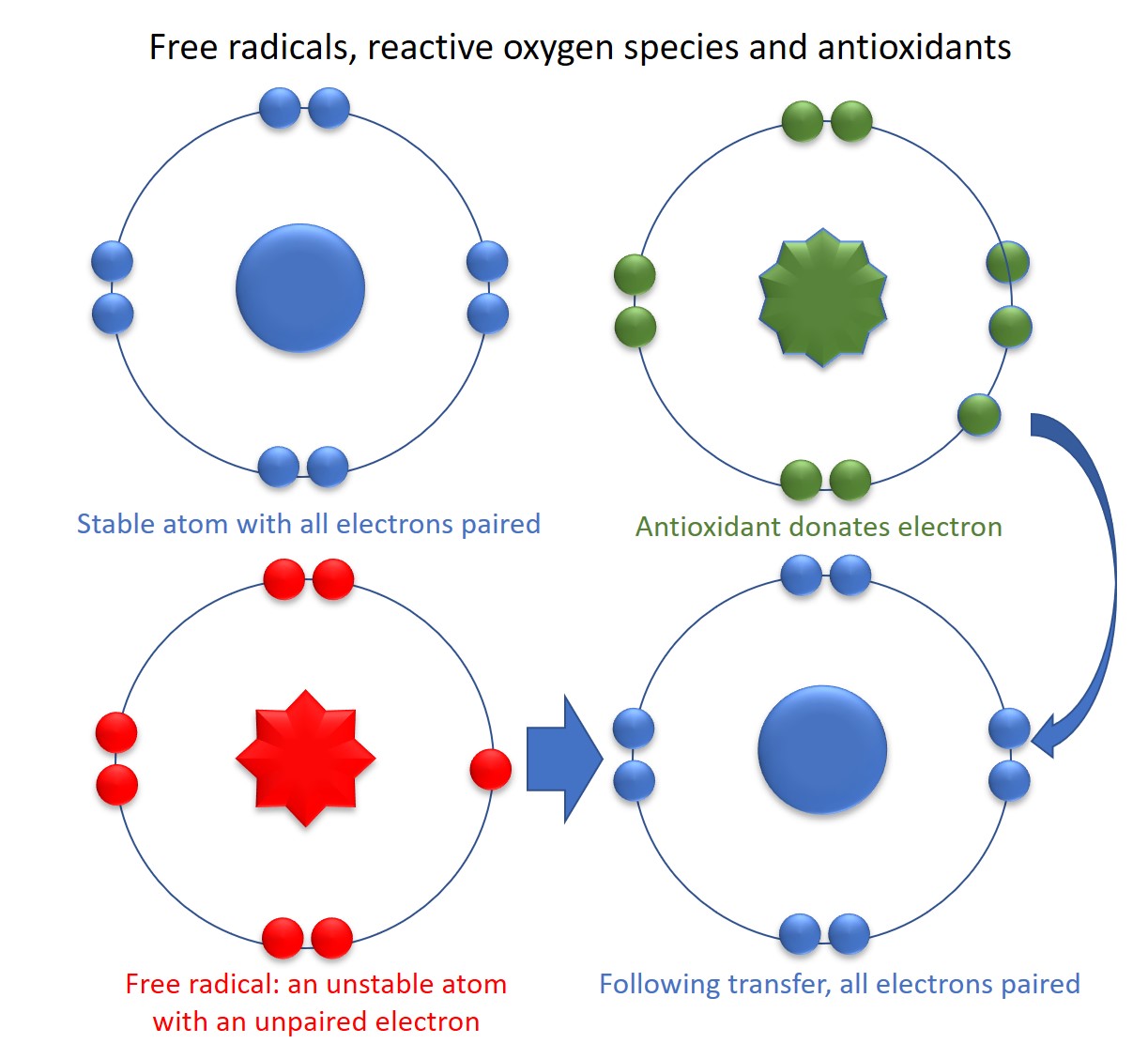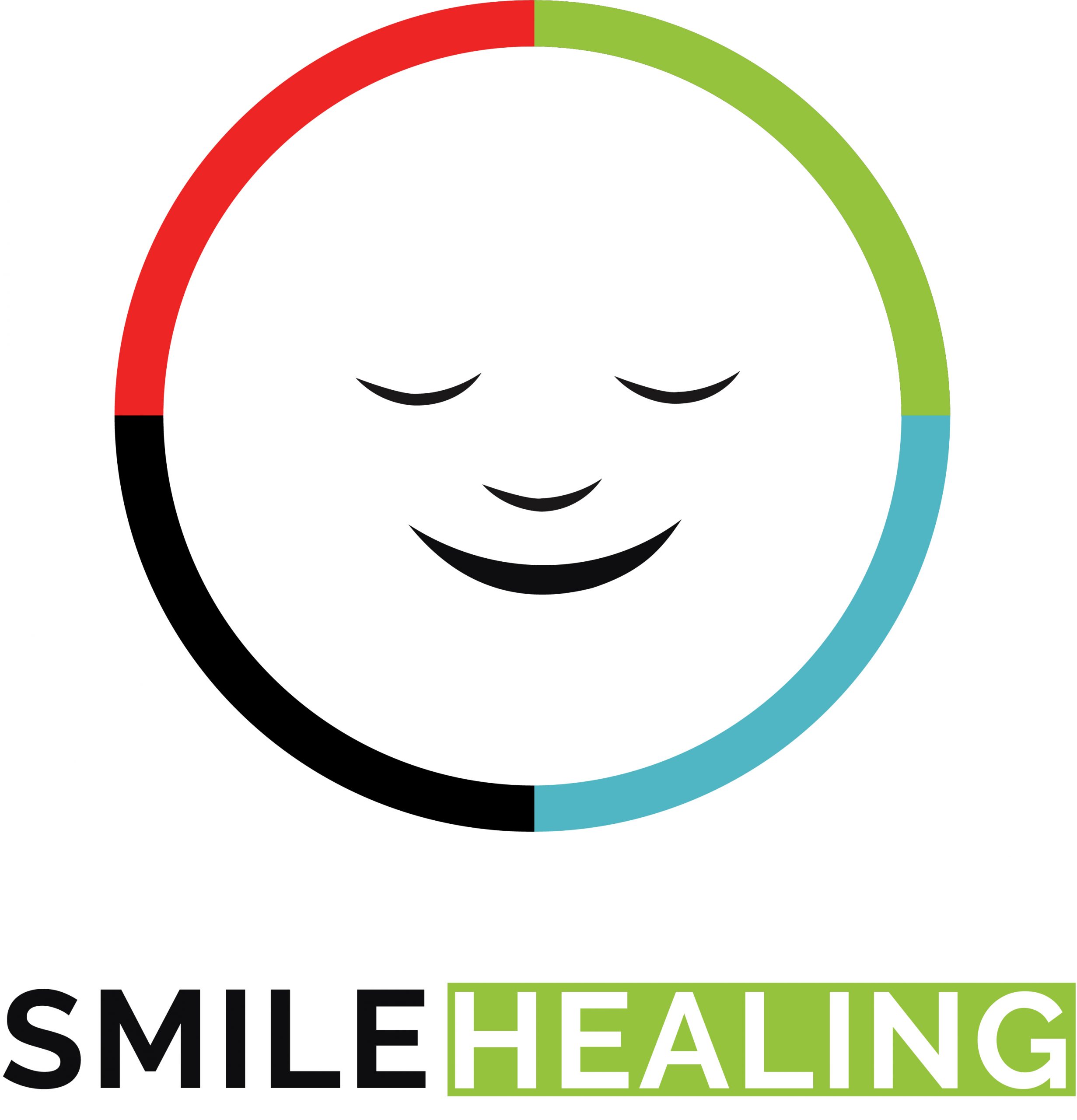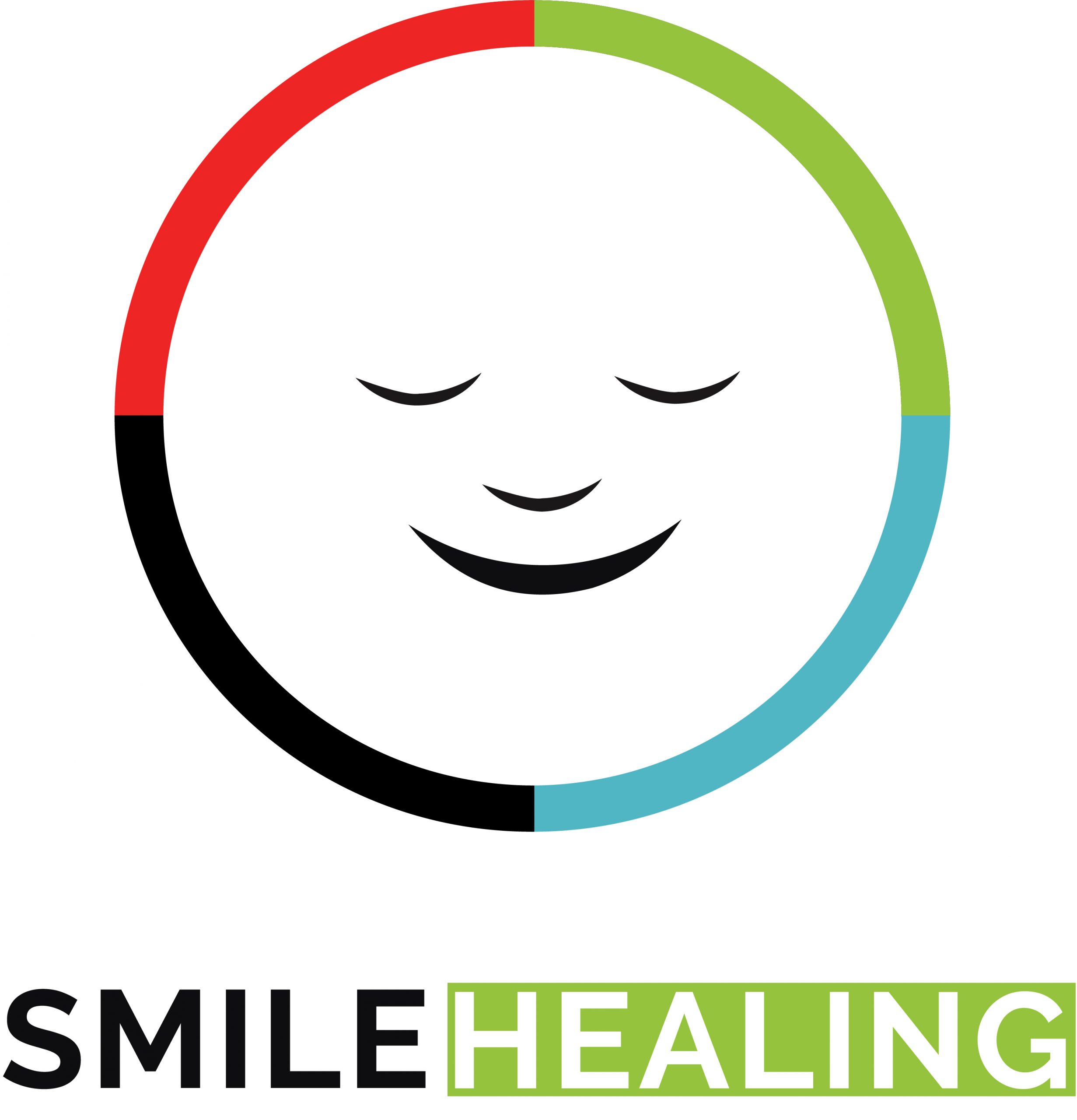Oxidative stress is caused by an imbalance in the body’s free radicals and antioxidants.
Oxidation is a reaction that occurs with oxygen, either directly or indirectly, to lose hydrogen or electrons.
Biologically it is carried out by enzymes.
Oxidation destroys a large number of foreign substances in the body.
Free radicals are oxygen molecules that have an uneven number of electrons. Because of their odd number, they can easily react with other molecules.
Because free radicals react so easily with other molecules, they can cause large chain chemical reactions in the body. These are known as oxidation reactions.
Antioxidants are molecules that can donate an electron to a free radical while remaining stable. As a result, the free radical stabilizes and becomes less reactive.

Oxidative stress and free radicals are widely acknowledged to be harmful to human health. A large body of research shows that free radicals play a role in the initiation and progression of a variety of pathologies ranging from cardiovascular disease to cancer.
Many natural biological processes in our bodies, such as breathing, digestion, metabolizing alcohol and drugs, and converting fats to energy, generate dangerous compounds known as free radicals. Our body’s natural antioxidant system usually destroys free radicals. If the normal functioning of this system is disrupted, free radicals can cause a negative chain reaction in the body, destroying the cell membrane, blocking the action of major enzymes, preventing cellular processes required for proper body functioning, preventing normal cell division, destroying DNA, and blocking energy generation.

The effect on the body: Oxidation is a natural and necessary process that occurs in the body. When working properly, free radicals can aid in the fight against pathogens. Infections are caused by pathogens.
When more free radicals are present, they can begin to damage fatty tissue, DNA, and proteins in the body.
These are some of the damages:
- Diabetes
- Atherosclerosis (the hardening of the blood vessels)
- Inflammatory disorders
- Blood pressure that is too high
- Cardiovascular disease
- Parkinson’s disease and Alzheimer’s disease
- Cancer
- Aging (aging is the progressive loss of tissue and organ function overtime)
Risk Factors: –
Some free radicals are naturally produced in the body as a result of processes such as exercise or inflammation.
Free radicals may be present in the environment as well.
Some risk factors include:
- Toxins
- Chemical cleaners and pesticides
- Tobacco consumption and cigarette smoking
- UV rays are one type of radiation.
- Pollution of the atmosphere
- Sugar and fat-rich diet
- Alcohol
Methods to measure Oxidative damage:
- Direct measurement of reactive oxygen species (ROS):
Directly measuring ROS might seem the preferred method, but many reactive oxygen species are extremely unstable and difficult to measure directly.
- Assessment of Oxidative Damage: – Oxidative stress can be measured indirectly by measuring the levels of DNA/RNA damage, lipid peroxidation, and protein oxidation/nitration.
- Assessment of Antioxidants levels:
- Enzymatic antioxidants – superoxide dismutase enzyme
- Catalase
- Glutathione peroxidase enzyme
- Glutathione S- transferase
Nonenzymatic Antioxidants:
- Glutathione
- Vitamin A
- Vitamin C
- Vitamin E
Total Antioxidants Capacity:
Measurement of the overall effect of antioxidants can be quite useful in assessing the Oxidative state due to the various interactions between the different antioxidants.
In our functional blood analysis course we teach how to analyze oxidative stress with simple blood tests of uric acid GGT, Bilirubin, ESR, and CRP.
Prevention:
Ways to help defend our body against oxidative stress include:
- Sujok Therapy- use correspondence system, Six Ki or Triorigin to harmonize the energy of the liver.
- Should include Antioxidants in food-
- Vitamins A, C, and E
- Beta-carotene
- Selenium
- Zinc
- Curcuminoids in turmeric and oleocanthal in extra virgin olive oil (both having antioxidant and anti-inflammatory effects)
- Berries, cherries, citrus fruits, prunes, dark leafy vegetables, broccoli, carrots, tomatoes, green tea, onion, garlic, cinnamon, seeds like sunflowers and sesame seeds
- A regular and moderate exercise
- Quit smoking and tobacco use
- Avoid alcohol use
- Avoid unnecessary radiation exposure and chemical exposure such as pesticides used in food and industrial chemical
- Protection from UV rays
- Get enough sound sleep
- Avoid overeating
- Avoid processed food
- Avoid excessiveness of sunbathing, and excessive intake of antioxidants like vitamins C, E, etc.
- Avoid intense and prolonged exercises (resulting in tissue damage)
- Regular mediation
Smile Thanks

Dr. Ajay Singh
Specialist In Sujok Therapy & Functional Medicine


Wonderful vlog sir.explained very simply…we should share this knowledge with everyone.
You always share amazing facts in easy language. We are blessed😌
Sir, very interesting and informative..
This knowledge is a must for all.
Sir,thanks for sharing such important information in simple way ,easy-to-understand
Wonderful share, thank you Sir to updates us.
Easy n nice explanation.
Thank you sir.
Sir,
I had toothache. So I went to dentist. He asked me to x-ray. But he couldn’t find anything in X-ray. He found cavity in wisdom tooth was started decaying. So he treated me. But after that also I had pain. So again I went to him. He checked my teeth. He said this pain is not because of teeth, after one week we will see. I was disappointed. I didn’t want to wait as I had pain on my right side teeth and cheek. After that I was watching pathophysiology disease of mouth lecture. There I found answer of my pain (almost for 15 days). I had white patch inside. First I thought it is tooth mark but It was candidiasis. So wrote protocol as per six ki to go through mouth to treat. But when I did treatment I sedated fungus as per triorigin on middle finger No jt. And sedated humidity and tonified wind in D (as it was right side so I took as yin). And my pain reduced 90%. Next day I saw white line below gum and gum was little swollen. Then I did same treatment for 4 days and gum is also ok and no pain at all.
Smile Thanx, Sir for wonderful Pathophysiology lectures. 🙏😊
Wonderful upgrading knowledge sir
Thank you
Hi
I seek permission to use an illustration of oxidative stress /apples going off to illustrate the concept in a book I am compiling
Kind regards
Chris